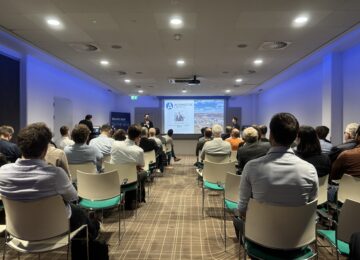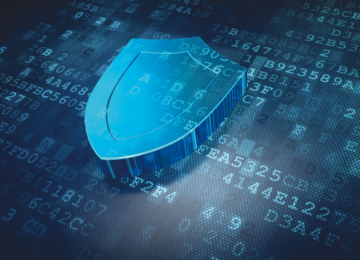Enforceability hinders double energy tax for home batteries
In 2022, the double energy tax for (stationary) energy storage that takes place behind a wholesale connection will be abolished. However, the double energy tax still exists for energy storage with a small consumption connection, think of home batteries. The Ministry of Finance has therefore recently conducted research into solution directions for avoiding this double energy tax, also specifically testing for feasibility.
Double energy tax at small consumer connections
Double energy taxation occurs when electricity is taken from the grid, stored and later fed back to the grid. Energy tax is paid when electricity is purchased towards a home battery, for example, but also when the electricity from this home battery is used further down the chain by other customers. This situation is undesirable, which is why the ministry has looked at two possible solutions:
- An energy tax exemption for the initial supply from the grid to the battery (exemption method); and
- An energy tax refund following the return of electricity from the battery to the grid (feed-in method).
Research results
The study concludes that both solution directions do not solve double energy taxation at small consumer connections without (a) significant adjustments to the metering system at consumers, (b) additional administrative burdens for consumers and energy suppliers; and (c) major adjustments to the energy tax system and additional pressure on the Tax Administration's implementation of the energy tax.
Both the exemption method and the return method do not appear to offer a solution, according to the ministry, because mixing of electricity can occur. Mixing occurs when electricity is both taken from the grid and delivered back through the same connection after own generation (which can occur, for example, with individuals who generate their own electricity with solar panels). In these cases, it is not clear which electricity should be exempted or for which electricity a refund should be granted.
Looking for possible solutions
In order to find a possible solution and conduct follow-up research, the ministry says it is essential to understand new technological developments that could help avoid double energy taxation, for example, if it were to become commonplace to split and measure different energy streams of off-take and feed-in behind the small-user connection
ESNL is collecting examples of technological solutions to this problem. Companies that have developed technologies that can contribute to this can come forward at info@energystoragenl.nl. ESNL is currently in discussions with the Ministry of Finance to look at options that could reasonably be implemented.





